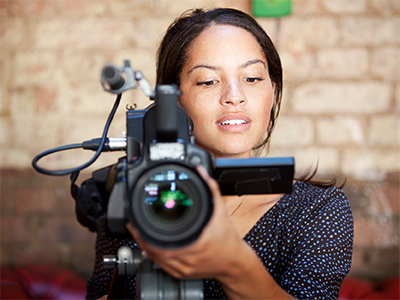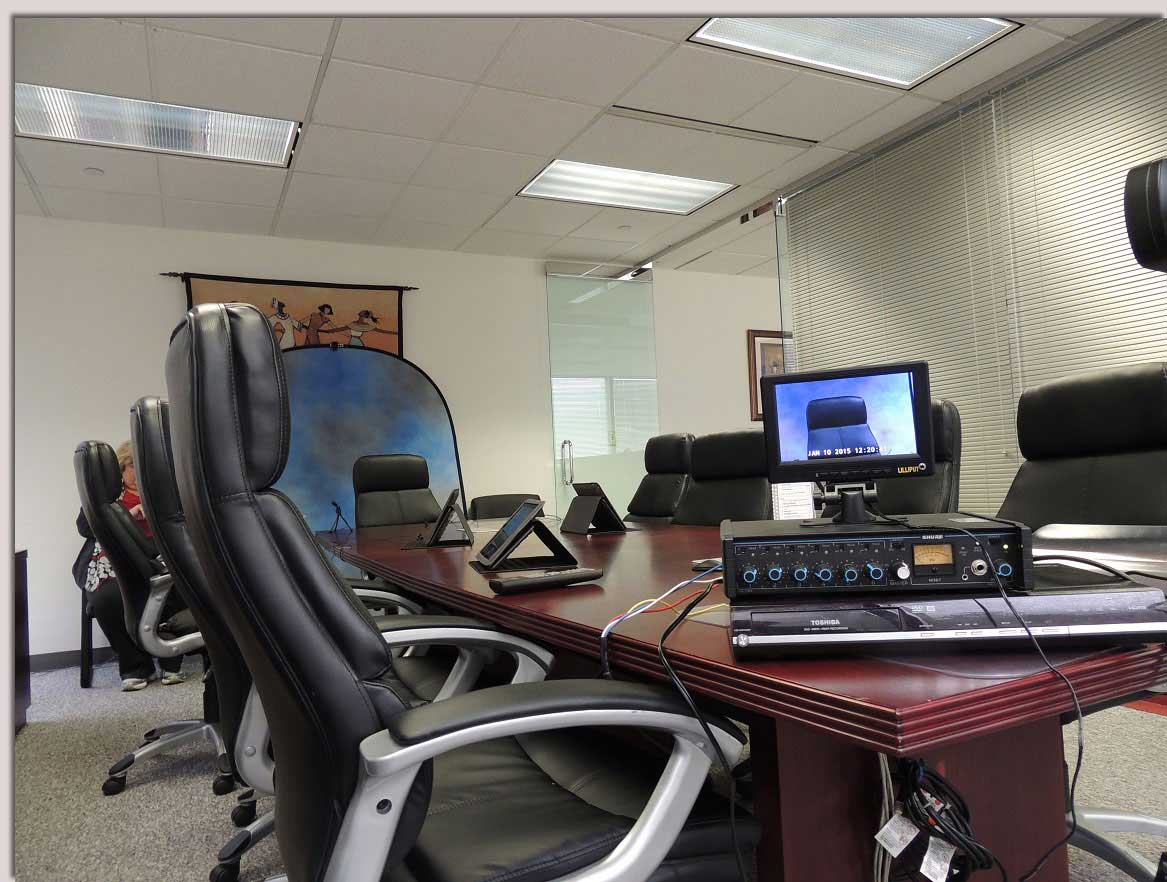Comprehending the Effect of Legal Videography on Situation Outcomes
Comprehending the Effect of Legal Videography on Situation Outcomes
Blog Article
Exploring the Mechanisms of Legal Videography: Unveiling Its Operation in Safeguarding Authentic Visual Testimony for Judicial Proceedings
In the realm of judicial process, the role of lawful videography stands as a foundation in protecting and presenting aesthetic proof. As modern technology remains to development, the systems behind legal videography have actually ended up being increasingly intricate, providing a critical layer of credibility to statements captured on video. By diving right into the operational ins and outs of lawful videography, one can discover the thorough procedures that secure the stability of visual proof provided in courtrooms - Legal Videography. This exploration not only loses light on the historic evolution of legal videography yet likewise hints at the future patterns that may even more revolutionize just how visual testaments are maintained in the realm of justice.
Historical Advancement of Legal Videography
Checking out the historical progression of legal videography exposes a significant change in the capturing and discussion of aesthetic evidence within the legal landscape. In the past, legal process greatly depended on composed records and pictures to record events and offer proof. Nonetheless, with the development of video clip technology, the lawful sector saw a standard change in exactly how aesthetic testament was caught and presented.
The advancement of lawful videography can be mapped back to the late 20th century when developments in video clip recording tools made it a lot more obtainable for use in courts. This technological innovation not just improved the precision and dependability of visual evidence but also changed the way situations were presented to judges and courts (Legal Videography). Lawyers started to identify the convincing power of video recordings in conveying emotions, nuances, and non-verbal signs that created transcripts or pictures alone might not capture successfully

Modern Technology Developments in Video Paperwork
What key technological innovations have revolutionized video clip documents in the legal field? The lawful area has actually seen significant innovations in video documentation innovation that have enhanced the credibility and reliability of visual proof in judicial proceedings. Among the key improvements is high-definition (HD) video recording abilities, which supply crystal-clear photos and sharp details that are critical for accurately recording statements, faces, and various other visual cues. In addition, the assimilation of timestamping and metadata functions in video documentation tools has enabled precise documentation of when and where the video was taped, making certain the stability of the evidence offered in court.
Moreover, advancements in video clip file encryption and watermarking innovations have reinforced the safety and security and tamper-proof nature of video clip evidence, safeguarding it against unapproved modifications or meddling. Moreover, the advent of cloud storage remedies and remote access abilities has streamlined the storage, access, and sharing of video proof, promoting smooth partnership amongst lawful experts and ensuring effective access to vital visual testimonies when required. These technical developments in video clip documentation have actually undoubtedly transformed the lawful area, improving the accuracy, credibility, and admissibility of visual evidence in judicial proceedings.
Role of Lawful Videographers in Courtroom Setups
The development of video clip documents technology in the legal area has necessitated a critical role for legal videographers in court room settings, making certain the stability and reliability of aesthetic testaments offered during judicial proceedings. Lawful videographers play an essential duty in catching and preserving precise aesthetic evidence that can be pivotal in litigation. Their responsibility reaches establishing up equipment, recording procedures, and creating premium video clips that accurately mirror the occasions in the court.
Furthermore, lawful videographers commonly function carefully with legal teams to make sure that the video proof aligns with the case's needs and can be efficiently presented in court to sustain the lawful disagreements being made. Overall, the function of lawful videographers in court settings is important in maintaining the concepts of justice and making sure the transparency visit this website of legal proceedings. Legal Videography.

Ensuring Admissibility and Integrity of Video Proof
To maintain the integrity of visual proof presented in legal process, making certain the admissibility and stability of video clip evidence is a vital duty for legal videographers. Admissibility describes the acceptance of proof by the court, and for video clip evidence to be acceptable, it should fulfill specific criteria. Lawful videographers play a crucial role in guaranteeing that the video clips they catch abide by the regulations of proof, such as reliability, credibility, and importance.
Stability of video proof involves maintaining the creativity and precision of the video from the time it is taped till it is provided in court. This consists of firmly saving the video data, recording the chain of wardship, and avoiding any kind of meddling or alterations. Legal videographers should abide by strict methods to assure the stability of the video evidence and prevent any challenges to its authenticity.
Future Trends in Legal Videography
Given the raising reliance on modern technology in legal procedures, lawful videographers are positioned to accept cutting-edge innovations shaping the future of aesthetic testimony capture and presentation. One of the famous fads imminent is the combination of digital reality (VR) and boosted reality (AR) innovations into lawful videography. These modern technologies have the potential to transform how visual evidence exists in court rooms, allowing courts and courts to submerse themselves in the scene of the crime or occurrence.
Additionally, using man-made knowledge (AI) formulas for video clip analysis is expected to enhance the procedure of examining and assessing huge amounts of video footage. AI can help in recognizing key minutes, abnormalities, and patterns within video clips, enhancing the effectiveness of lawful examinations.

Final Thought
Finally, legal videography has played a crucial duty in giving authentic aesthetic evidence for judicial procedures. you could try these out With technical innovations and the expertise of lawful videographers, the integrity and admissibility of video proof are made certain in courtroom setups. As lawful videography remains to develop, it will certainly be important to support criteria that preserve the accuracy and reliability of aesthetic statement for the future of lawful proceedings.
Examining the historic progression of lawful videography discloses a substantial improvement in the capturing and discussion of aesthetic evidence within the legal landscape.The evolution of video documentation technology in the lawful area has necessitated an important role for legal videographers in courtroom settings, making sure the honesty and reliability of visual statements presented during judicial process. In addition, legal videographers often work carefully with lawful teams to ensure that the video clip proof straightens with the situation's requirements and can be properly presented in discover here court to support the legal debates being made.To maintain the integrity of visual evidence provided in legal process, making sure the admissibility and honesty of video clip proof is a vital obligation for lawful videographers. As lawful videography proceeds to evolve, it will certainly be important to promote requirements that keep the precision and integrity of visual testament for the future of legal proceedings.
Report this page